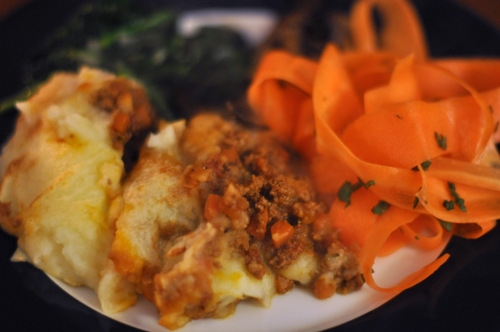Red food colouring has been a topic of debate for many years, with some claiming that it can have a negative impact on children’s behaviour. There have been numerous studies conducted to determine if there is a link between consuming red food colouring and changes in behaviour.
Parents often wonder if the bright red dye in their child’s favorite snacks could be contributing to hyperactivity or other behavioral issues. It’s important to explore the research and evidence to better understand the potential effects of red food colouring on children.
One study found that children who consumed red food colouring exhibited more hyperactive behaviour compared to those who did not consume any artificial food colouring. However, it is important to note that individual reactions to food colouring can vary, and not all children may experience the same effects.
Another study suggested that red food colouring could potentially exacerbate symptoms in children with attention deficit hyperactivity disorder (ADHD). This has raised concerns among parents and healthcare professionals about the impact of artificial food colouring on children’s behaviour.
While the research on the effects of red food colouring on children’s behaviour is ongoing, some experts recommend limiting the consumption of artificial food colouring in general. This can be achieved by choosing natural alternatives or avoiding processed foods that contain synthetic dyes.
In conclusion, the question of whether red food colouring affects children’s behaviour is still a topic of debate. While some studies suggest a potential link between consuming red food colouring and changes in behaviour, more research is needed to fully understand the impact. Parents may consider being cautious about the amount of artificial food colouring their children consume and opt for healthier alternatives whenever possible.
